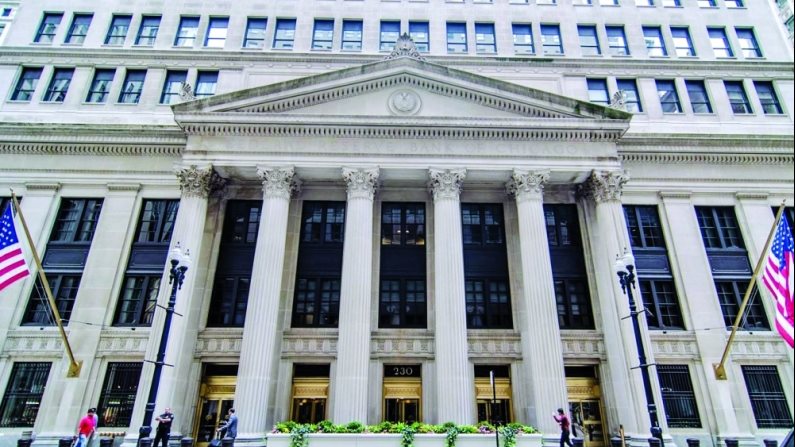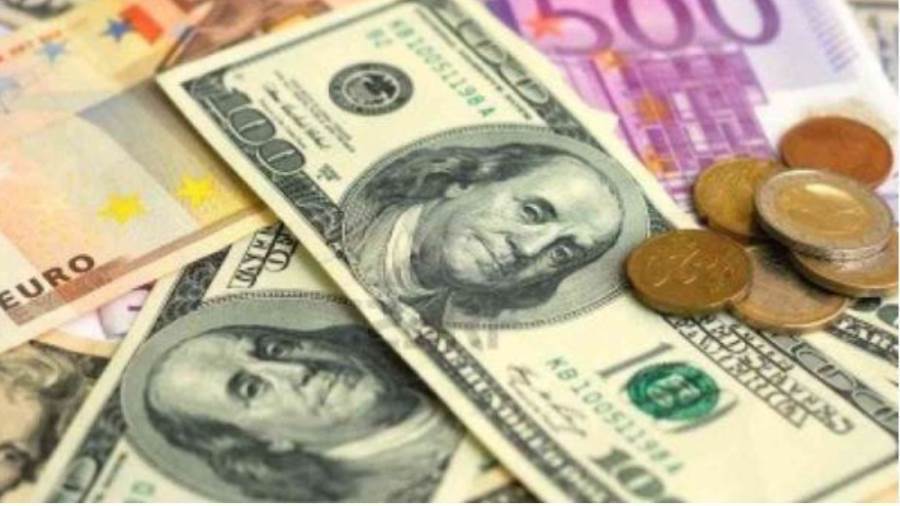
The Fed might choose to take “a wait-and-see approach”
Federal Reserve is likely to cut interest rates in its next meeting

The Federal Reserve is expected to lower interest rates by another quarter point at the end of its two-day meeting on Dec. 18. That would mark the third rate cut in a row — altogether shaving a full percentage point off the federal funds rate since September.
So far, the central bank has moved slowly, as they recalibrate policy after swiftly hiking rates when inflation hit a 40-year high.
“This could be the last cut for a while,” said Jacob Channel, senior economic analyst at LendingTree.
The Fed might choose to take “a wait-and-see approach” because there is some uncertainty around President-elect Donald Trump's fiscal policy, when he begins his second term, he said.
In the meantime, high interest rates have impacted all sorts of consumer borrowing costs from auto loans to credit cards.
The federal funds rate, which the U.S. central bank sets, is the rate at which banks borrow and lend to one another overnight. Although that’s not the rate consumers pay, the Fed’s moves still affect the borrowing and savings rates they see every day.
A December cut could lower the Fed’s overnight borrowing rate by a quarter percentage point, or 25 basis points, to a range of 4.25% to 4.50% from its current 4.50% to 4.75% level.
That “will exert some margin of easing of financial pressure,” said Brett House, economics professor at Columbia Business School — but not across the board.
“Some of the most important interest rates that people face don’t benchmark off the Fed rate,” he said.
Credit cards
Since most credit cards have a variable rate, there’s a direct connection to the Fed’s benchmark. In the wake of the rate hike cycle, the average credit card rate rose from 16.34% in March 2022 to 20.25% today, according to Bank rate — near an all-time high .
Even though the central bank started cutting interest rates in September, the average credit card interest rate has barely budged. Card issuers are often slower to respond to Fed decreases, said Greg McBride, Bankrate’s chief financial analyst.
“The rate will go a step lower but with a lag up to three months,” Mc Bride said.
A better move for those with credit card debt is to switch to a 0% balance transfer credit card and aggressively pay down the balance, he explained.
“Interest rates are not going to fall fast enough to do the heavy lifting for debt-burdened consumers,” he said.
Mortgage rates
Because 15- and 30-year mortgage rates are fixed and mostly tied to Treasury yields and the economy, they are not falling in step with Fed policy. And since most people have fixed-rate mortgages, their rate won’t change unless they refinance or sell their current home and buy another property.
As of the week ending Dec. 6, the average rate for a 30-year, fixed-rate mortgage is 6.67%, according to the Mortgage Bankers Association.
Those rates are down somewhat from the previous month, but well above the 2024 low of 6.08% in late September.
“Going forward, mortgage rates will likely continue to fluctuate on a week-to-week basis and it’s impossible to say for certain where they’ll end up,” Channel said.





-1120252475029447.jpg)
-920252122624392.jpg)















